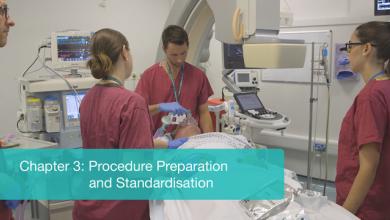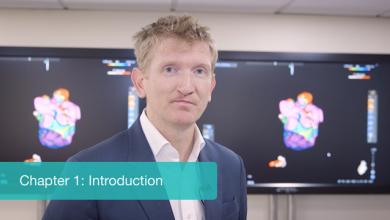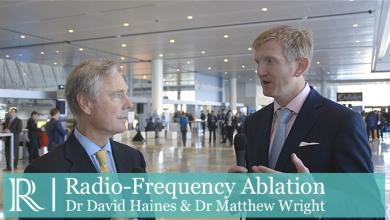Search results
Author(s):
Brett Wanamaker
,
Thomas Cascino
,
Vallerie V McLaughlin
,
et al
Added:
3 years ago
Pulmonary hypertension (PH) is a chronic condition that is characterised by elevated pulmonary vascular pressures and can be caused by several disease processes (see Table 1).1 Regardless of the aetiology, PH is a progressive disease with a clinical course characterised by frequent decompensations in advanced stages and often a poor prognosis despite the development of novel therapeutic agents.2…
View more
Hybrid Ablation of Atrial Fibrillation
Author(s):
Laurent Pison
Start date:
Feb 26, 2015
Broadcast
Author(s):
Sebastiaan RD Piers
,
Katja Zeppenfeld
Added:
3 years ago
Over the last 20 years ventricular tachycardia (VT) ablation has evolved from a treatment modality for selected patients withrecurrent haemodynamically tolerated VT (which can be mapped during ongoing arrhythmia), to a therapeutic option for patients with tolerated and untolerated VT using substrate-based ablation strategies.1 The substrate for VT after myocardial infarction (MI) consists of…
View more
Author(s):
Eyal Nof
,
William G Stevenson
,
Roy John
Added:
3 years ago
Sustained ventricular tachycardia (VT) and ventricular fibrillation (VF) are typically a manifestation of significant structural heart disease and often associated with a high risk of sudden cardiac death. Implantable cardioverter defibrillators (ICDs) remain the mainstay of therapy for prevention of sudden cardiac death associated with these arrhythmias.1 However, ICDs treat the arrhythmia after…
View more
Author(s):
David E Haines
,
Matthew Wright
Added:
5 years ago
Dr Matthew Wright and Dr David Haines discuss radio-frequency ablation.
Filmed by Radcliffe Cardiology on-site at HRS 2018 in Boston, US.
View more
Author(s):
Tina Baykaner
,
Junaid Zaman
,
Paul J Wang
,
et al
Added:
3 years ago
Treatment of atrial fibrillation (AF) classically focuses on eliminating triggers near and from the pulmonary veins, which may initiate AF. However, the 1–2 year success rate of pulmonary vein isolation (PVI) remains 40–50% for persistent AF1,2 and 50–65% for paroxysmal AF,3–5 while supplementary linear lesions or extensive ablation at electrogram-targets have had disappointing results and may…
View more
















